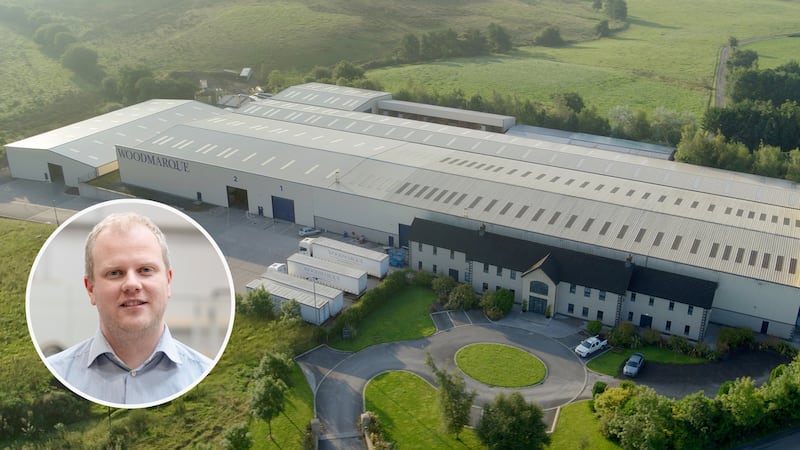SUSTAINABILITY is a word that appears front and centre in all discussions on the built environment, whether it’s energy sources, recycling, or buildings that are leading the conversation.
In the property industry, there have been some huge strides in recent years in both the residential and commercial sides of the house in terms of the introduction of Energy Performance Certificates (EPCs) in trying to reduce the impact of accommodation on the environment.
In the commercial world, BREEAM is an acronym which has become an increasingly popular topic in the global sustainability conversation. But what is it and why is it important?
BREEAM stands for Building Research Establishment Environmental Assessment Method and is defined by the Building Research Establishment as “the leading and most widely used environmental assessment method for buildings and communities”.
BREEAM measures a building’s sustainable value across a range of categories including energy, waste, and transport links. It provides a certification ranging from Pass, for those buildings which meet the minimum standards for performance, to Outstanding for those few (less than 1 per cent) that surpass best practice to become market leaders.
A building’s BREEAM certification (or lack of) impacts different stakeholders to varying degrees but its importance is growing for all. From the perspective of property owners, investors or developers, detailed consideration must be given to the environmental performance of an asset as it may impact on its attractiveness to prospective tenants.
To occupiers, especially larger blue chip corporates, the importance is two-fold. Increasingly, companies are placing corporate social responsibility further up their agenda and are becoming better informed regarding the impact a building may have on the environment.
Additionally, staff well-being is monitored closely and much of this can be directly linked to the working environment. A number of factors measured as part of the BREEAM certification can have a significant impact on staff contentment and productivity. The World Green Building Council for example states that better air quality can increase employee productivity levels by up to 11 per cent and absenteeism levels are also believed to be lower in such an environment.
While BREEAM was initially established as a voluntary tool to measure sustainability it is also finding its way into the planning system. There have been examples in England whereby a BREEAM certification of Very Good or Excellent has been included as a condition of the planning consent. Similar measures in the rest of the UK, are considered an inevitability rather than a probability.
Importantly, BREEAM and the impact it may have on construction and/or running costs must be considered not only for new builds, but for refurbishment projects of older buildings for which sustainability measures may not have been a consideration.
With an increasing number of instances where developers and investors are taking note, we are edging ever closer to the point where sustainability in property is synonymous with quality. Your building will need to be up to the mark to attract the best occupiers.
:: Ciaran O’Kane is a director of Belfast-based commercial property agency Lisney, which works on behalf of many of Northern Ireland's most significant investors and developers as well as major retailers and businesses.



